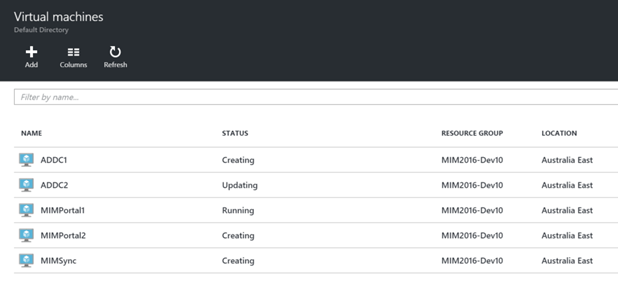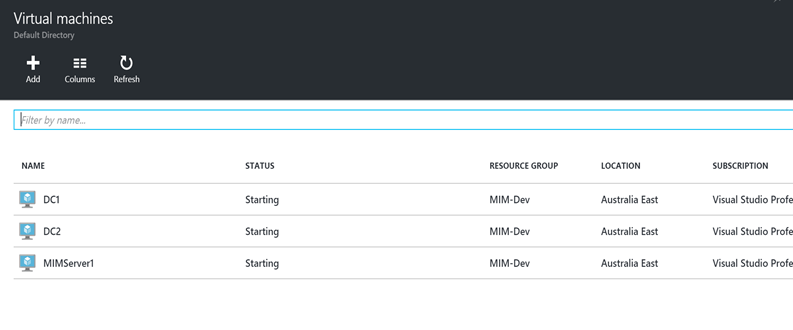Creating Accounts on Azure SQL Database through PowerShell Automation
In the previous post, Azure SQL Pro Tip – Creating Login Account and User, we have briefly walked through how to create login accounts on Azure SQL Database through SSMS. Using SSMS is of course the very convenient way. However, as a DevOps engineer, I want to automate this process through PowerShell. In this post, we’re going to walk through how to achieve this goal.
Step #1: Create Azure SQL Database
First of all, we need an Azure SQL Database.… [Keep reading] “Creating Accounts on Azure SQL Database through PowerShell Automation”


